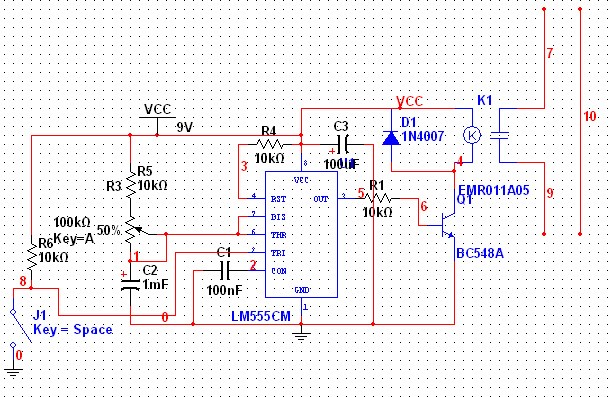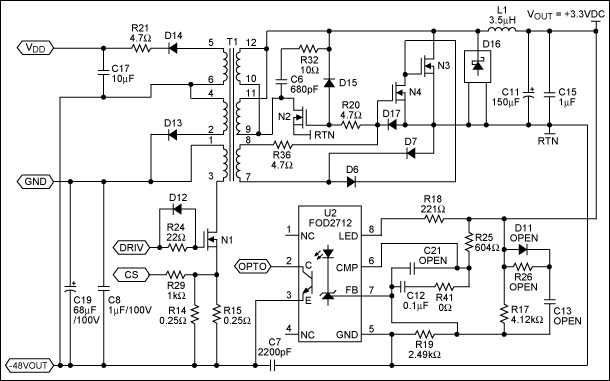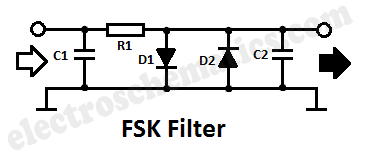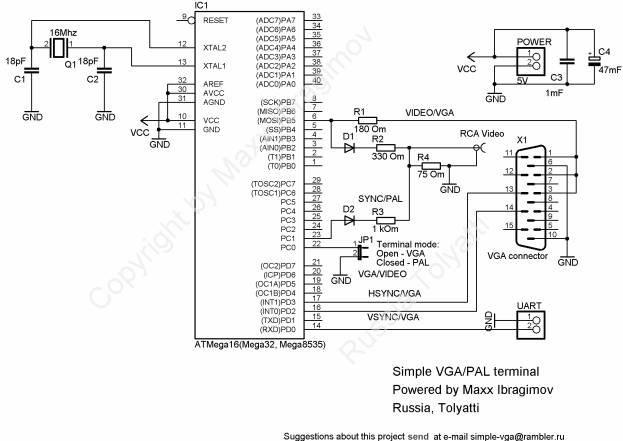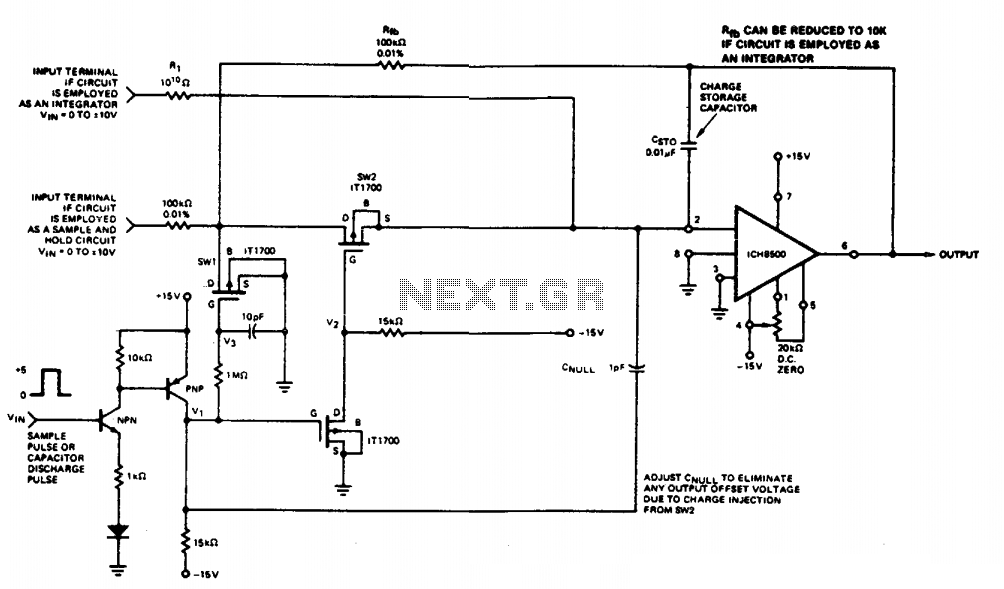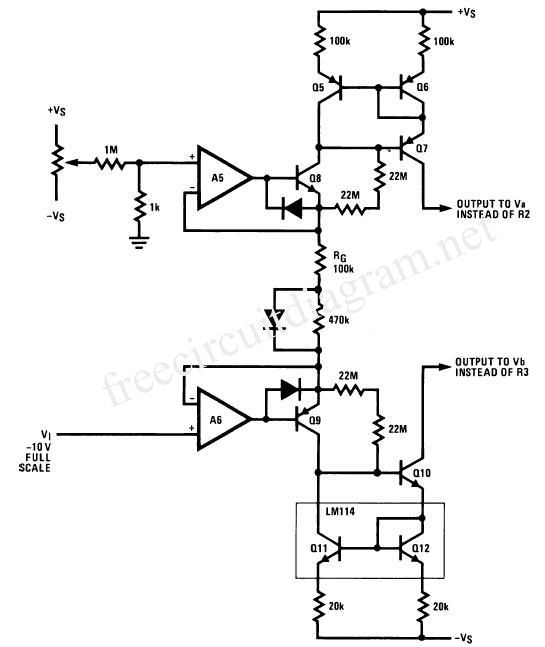
Precision solid state time delay circuit
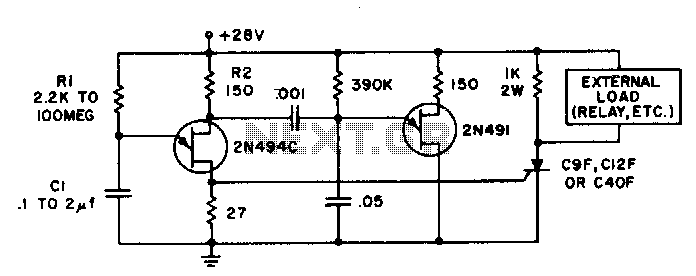
Time delays ranging from 0 milliseconds to over three minutes can be achieved with this circuit without the need for tantalum or electrolytic capacitors. The timing interval begins when power is applied to the circuit. At the conclusion of the timing interval, determined by the values of R1 and C1, the 2N494C triggers the controlled rectifier, applying the supply voltage (minus approximately one volt) across the load. Load currents are limited only by the specifications of the controlled rectifier, which can handle currents from 1 ampere to 25 amperes for the types indicated in the circuit. A calibrated potentiometer can be used in place of R1 to allow for the adjustment of a predetermined time delay after an initial calibration.
The described circuit utilizes a timing mechanism that is highly versatile, allowing for precise control of time delays without the complications associated with traditional capacitor-based timing circuits. The absence of tantalum or electrolytic capacitors enhances the reliability and longevity of the circuit, making it suitable for various applications where extended operational life is critical.
The timing function is achieved through the integration of resistor R1 and capacitor C1, which form an RC timing network. The time constant, τ (tau), of this network is calculated as τ = R1 × C1, where R1 is the resistance in ohms and C1 is the capacitance in farads. The time delay is directly proportional to this time constant, allowing for easy adjustments by varying R1 or C1.
Once the timing interval has elapsed, the 2N494C, a type of controlled rectifier, is activated. This device is designed to handle significant load currents, making it suitable for applications requiring high power. The controlled rectifier operates by switching on when a gate signal is applied, allowing current to flow through the load. The load voltage, which is the supply voltage minus approximately one volt, ensures that the load receives sufficient power for operation.
Furthermore, the option to replace R1 with a calibrated potentiometer introduces flexibility in the circuit design. By adjusting the potentiometer, the user can set a specific time delay, which is particularly useful in applications where precise timing is essential. After the initial calibration, the potentiometer can be adjusted to achieve the desired delay without the need for extensive recalibration of the entire circuit.
Overall, this circuit design provides a robust solution for applications requiring customizable time delays while maintaining high reliability and performance.Time delays from 0 milliseconds to over three minutes are possible with this circuit without using a tantalum or electrolytic capacitor. The timing interval is initiated by applying power to the circuit. At the end of the timing interval, which is determined by the value of R1C1, the 2N494C fires the controlled rectifier.
This places the supply voltage minus about one volt across the load Load currents are limited only by the rating of the controlled rectifier which is from 1 ampere up to 25 amperes for the types specified in the circuit. A calibrated potentiometer could be used in place of Rl to permit setting a predetermined time delay after one initial calibration.
🔗 External reference
The described circuit utilizes a timing mechanism that is highly versatile, allowing for precise control of time delays without the complications associated with traditional capacitor-based timing circuits. The absence of tantalum or electrolytic capacitors enhances the reliability and longevity of the circuit, making it suitable for various applications where extended operational life is critical.
The timing function is achieved through the integration of resistor R1 and capacitor C1, which form an RC timing network. The time constant, τ (tau), of this network is calculated as τ = R1 × C1, where R1 is the resistance in ohms and C1 is the capacitance in farads. The time delay is directly proportional to this time constant, allowing for easy adjustments by varying R1 or C1.
Once the timing interval has elapsed, the 2N494C, a type of controlled rectifier, is activated. This device is designed to handle significant load currents, making it suitable for applications requiring high power. The controlled rectifier operates by switching on when a gate signal is applied, allowing current to flow through the load. The load voltage, which is the supply voltage minus approximately one volt, ensures that the load receives sufficient power for operation.
Furthermore, the option to replace R1 with a calibrated potentiometer introduces flexibility in the circuit design. By adjusting the potentiometer, the user can set a specific time delay, which is particularly useful in applications where precise timing is essential. After the initial calibration, the potentiometer can be adjusted to achieve the desired delay without the need for extensive recalibration of the entire circuit.
Overall, this circuit design provides a robust solution for applications requiring customizable time delays while maintaining high reliability and performance.Time delays from 0 milliseconds to over three minutes are possible with this circuit without using a tantalum or electrolytic capacitor. The timing interval is initiated by applying power to the circuit. At the end of the timing interval, which is determined by the value of R1C1, the 2N494C fires the controlled rectifier.
This places the supply voltage minus about one volt across the load Load currents are limited only by the rating of the controlled rectifier which is from 1 ampere up to 25 amperes for the types specified in the circuit. A calibrated potentiometer could be used in place of Rl to permit setting a predetermined time delay after one initial calibration.
🔗 External reference
